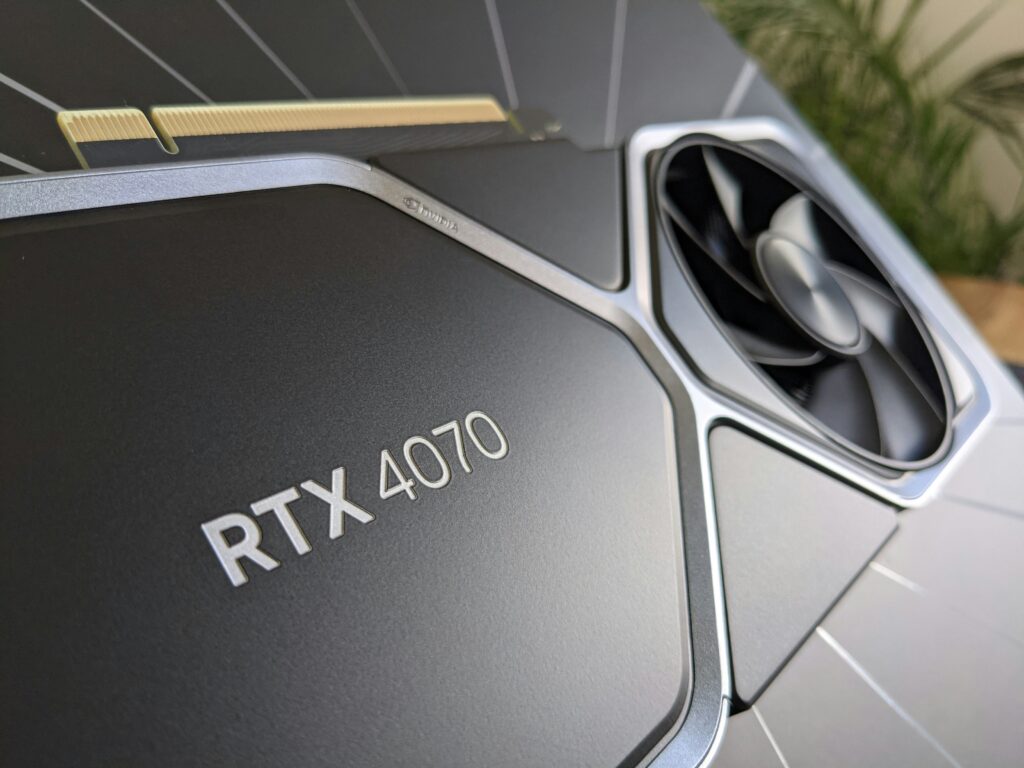The gaming and creative industries are abuzz with speculation surrounding the imminent arrival of NVIDIA’s GeForce RTX 50 Series graphics cards. Building on the monumental success of the RTX 40 series, these next-gen GPUs are expected to introduce significant architectural advancements, pushing the boundaries of what’s possible in real-time rendering, ray tracing, and AI-powered upscaling technologies. While an official launch date remains under wraps, industry analysts and leaks point towards a potential reveal in late 2024 or early 2025, signaling a revolutionary shift in the high-performance computing landscape.
Reports from credible sources within the semiconductor industry suggest the RTX 50 Series, codenamed “Blackwell,” will leverage a new architecture designed for enhanced efficiency and raw power. Key improvements are anticipated to include a move to a more advanced manufacturing process, potentially 3nm, offering higher transistor density and improved power efficiency. Furthermore, there’s strong indication of GDDR7 memory integration, which promises substantially higher bandwidth compared to the current GDDR6X, crucial for handling the massive data loads of 4K and 8K gaming, as well as complex professional applications. NVIDIA is also expected to further refine its Tensor Cores and RT Cores, leading to accelerated AI performance for DLSS and even more realistic ray-traced visuals. A statement from an unnamed analyst at Jon Peddie Research highlights, “The Blackwell architecture appears to be a monumental step forward, not just in raw compute power, but in how it intelligently processes graphics data, which will have profound implications across all demanding workloads.”
The impact of the NVIDIA RTX 50 Series on the industry and end-users cannot be overstated. For gamers, this means unlocking new levels of fidelity and frame rates, making high-refresh-rate 4K gaming a more accessible reality and pushing the boundaries of virtual reality experiences. Competitive gamers will benefit from even lower latency and smoother gameplay. Content creators, particularly those involved in 3D rendering, video editing, and AI development, will see dramatic reductions in rendering times and increased productivity, streamlining their workflows considerably. This new generation of GPUs will also intensify the competition with AMD and Intel, spurring further innovation across the graphics card market. Moreover, the enhanced AI capabilities will extend beyond gaming, influencing scientific simulations, data analytics, and various AI-driven applications, making these cards a versatile tool for the future of computing.
Looking ahead, industry experts predict that the RTX 50 Series will not just be a performance upgrade, but a catalyst for broader technological advancements. We might see a greater emphasis on multi-GPU setups for specialized tasks, or even closer integration with cloud computing solutions for scalable performance. Pricing is expected to remain a premium, reflecting the cutting-edge technology and performance gains, but competitive pressures will likely influence strategic tiering. “We anticipate NVIDIA will continue its strategy of offering a range of cards from enthusiast-grade to more mainstream options, ensuring a broad market reach,” comments tech journalist and hardware specialist, Lisa Chen. The future of visual computing is intricately linked with these hardware innovations, and the RTX 50 Series is poised to lead the charge into an era of unprecedented graphical power and intelligent processing.
In conclusion, the impending launch of the NVIDIA RTX 50 Series represents a pivotal moment for technology enthusiasts and professionals. With promises of significant architectural overhauls, advanced memory solutions, and enhanced AI capabilities, these next-gen GPUs are set to redefine expectations for performance, realism, and efficiency. The wait is almost over for what could be the most impactful graphics card generation in recent memory.
For more insights into the evolving landscape of gaming hardware, explore our article on GPU technology trends for 2024.
For a broader market perspective on NVIDIA’s financial performance and future outlook, you can read this report on The Verge’s tech section.

